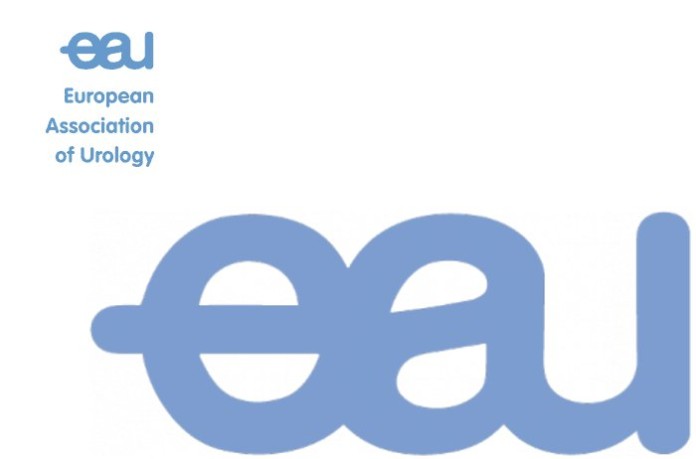Now a new study from scientists in Milan has shown that for local prostate cancers treated with radical prostatectomy, you can preoperatively predict the aggressiveness of the prostatic disease, via a simple blood test.
When describing prostate cancer, urologists normally use the Gleason pattern, where a tissue sample from a biopsy is analysed to show much of the sample has been taken over by tumour cells. Gleason pattern 1 means that the cells in the tissue are normal, whereas Gleason pattern 5 (the highest score) indicates that the tissue is largely taken over by tumour cells. If a patient has Gleason pattern 5, then the predicted outcomes are poor.
Now a group of Italian researchers have been able to show that hypogonadism (which is low levels of the sex hormone testosterone) predicts that the patient will have a high Gleason score – which indicates a poor outcome after treatment.
A group led by Dr Marco Moschini (San Raffaele Hospital, Milan) retrospectively correlated hormone levels and Gleason scores in 1017 patients who underwent radical prostatectomy surgery at the San Raffaele hospital in Milan. 118 of the patients showed Gleason pattern 5. After adjusting for age, they found that the hypogonadism status and levels of sex-hormone-binding globulin (SHBG) was able to predict patients with Gleason pattern 5 (OR 1.79, p=0.025).
According to Marco Moschini
“We found that hypogonadism, and the levels of SHBG, were able to predict whether or not patients had Gleason factor 5, which is the worst Gleason score. This association will allow us to predict what the outcome will be before we decide to treat a patient with surgery. Potentially this can be helpful to identify patients with the most aggressive prostate cancer before surgery.
There is an urgent need for new research to uncover the role which hormones play in prostate cancer development.
What we don’t yet know is if this is an association, or if hypogonadism in some way increases the risk of developing high-grade prostate cancer. If this is the case, then it may be that treating the hypogonadism can lessen this risk, but we need more work before we can be sure of that”.
Commenting Professor Alexandre de la Taille (Paris) member of EAU Scientific Congress Committee, said: “Several reports in the literature mention that low serum testosterone level is associated with prostate cancer aggressiveness. This study highlights the fact that SHBG is also linked to high Gleason score. These cancers, developed in this special hormonal environment, are probably due to different molecular pathways and represent a new field to explore.”
(Note: the overall Gleason score is arrived at by adding together 2 samples to give a total score. In the worst case, Gleason 5 plus Gleason 5 would give an overall score of 10)
There was no external funding for this research.
Source: uroweb.org




















































